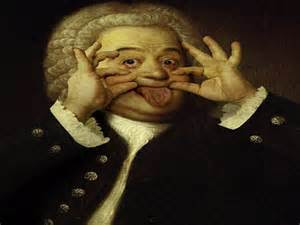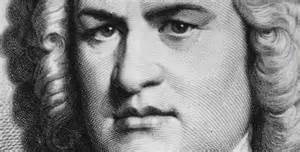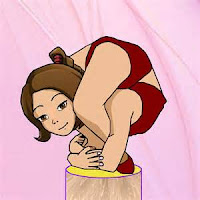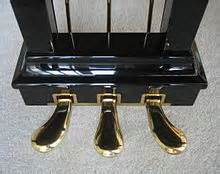 Some interested parties have written me commenting on Mystified No More, my newest book. What's up with the title, they want to know. And how is it different from the first volume? Well, the title is a reference to the first volume, Piano Technique Demystified: Insights Into Problem Solving.
Some interested parties have written me commenting on Mystified No More, my newest book. What's up with the title, they want to know. And how is it different from the first volume? Well, the title is a reference to the first volume, Piano Technique Demystified: Insights Into Problem Solving.
So many pianists expressed interest in that first volume and so many questions about technique continued to pop up, I decided a sequel would be in order. The new book is a collection of essays organized like mini lessons on technical issues in a wide range of repertoire. The overarching idea is to prepare the way for what I call a more "practical technique," an approach to playing the piano that encourages efficiency not only at the keyboard, but in the use of time. It includes access to abundant video demonstrations.
 The writing style is perhaps more literary, dare I say it, and revelatory of personal experiences and behind the scenes anecdotes. The first chapter, for example, explores connotations and denotations of the words work and play when applied to what we do at the piano. I recreate a scene in which a graduate student named David offers "a sturdy performance, quite effortful it seemed, as sweat dripped down the back of his neck and along the bridge of his nose, a precarious situation for his horn-rimmed glasses. Sound took on a physical presence in the room along with the students, drawing the paneled walls inward and giving me a sense that the room was much too small for the lot of us. Afterward, in the ensuing discussion David made a comment that has stuck with me all these
The writing style is perhaps more literary, dare I say it, and revelatory of personal experiences and behind the scenes anecdotes. The first chapter, for example, explores connotations and denotations of the words work and play when applied to what we do at the piano. I recreate a scene in which a graduate student named David offers "a sturdy performance, quite effortful it seemed, as sweat dripped down the back of his neck and along the bridge of his nose, a precarious situation for his horn-rimmed glasses. Sound took on a physical presence in the room along with the students, drawing the paneled walls inward and giving me a sense that the room was much too small for the lot of us. Afterward, in the ensuing discussion David made a comment that has stuck with me all these 












